A good beginner workout routine should cover three essential aspects: effectiveness, scalability, and adherence.
Effectiveness is straightforward—it simply needs to work. Scalability ensures that as a beginner progresses, the routine can evolve into a more advanced program. Most importantly, adherence plays a crucial role. Many people stop working out, not because they have never been to the gym, but because they fail to maintain consistency.
Balancing these factors is key. The most effective routine on paper might not be practical in real life. If a workout is too difficult to stick to or doesn’t allow for progression, it won’t be sustainable. A well-structured plan considers these trade-offs and offers a holistic approach to fitness.
The Workout Plan
For a beginner, a three-day workout schedule is ideal. Instead of the traditional push-pull-leg split, a more efficient approach is to divide the workouts into a horizontal push-pull day, a vertical push-pull day, and a leg day.
Day 1: Horizontal Push-Pull
- Flat Dumbbell Press – A great starting exercise to build upper body strength while addressing imbalances.
- Incline Dumbbell Rows – Emphasizes the upper back and traps while being easy to execute.
- Pec Deck Machine (Chest Fly) – A machine-based movement for convenience and effectiveness.
- Reverse Pec Deck – Targets the rear delts, which are often overlooked but essential for a well-rounded physique.
- Dumbbell Curls – A simple and effective biceps isolation exercise with minimal setup required.
This workout is designed to be efficient, allowing beginners to get strong returns on their gym time.
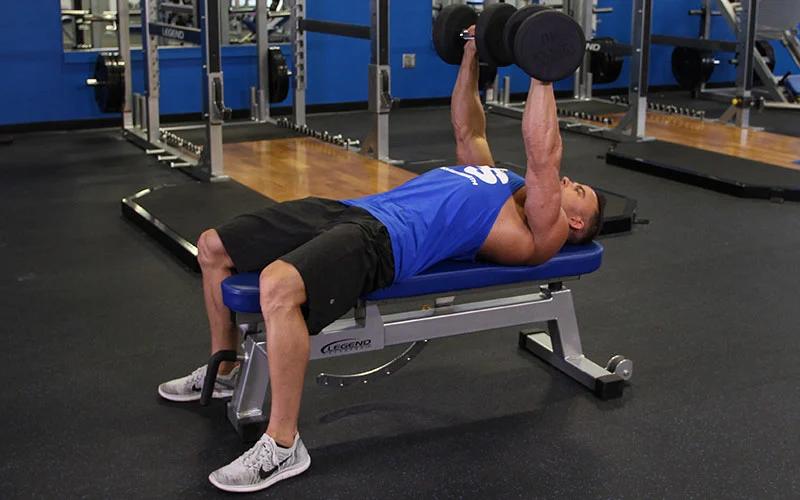
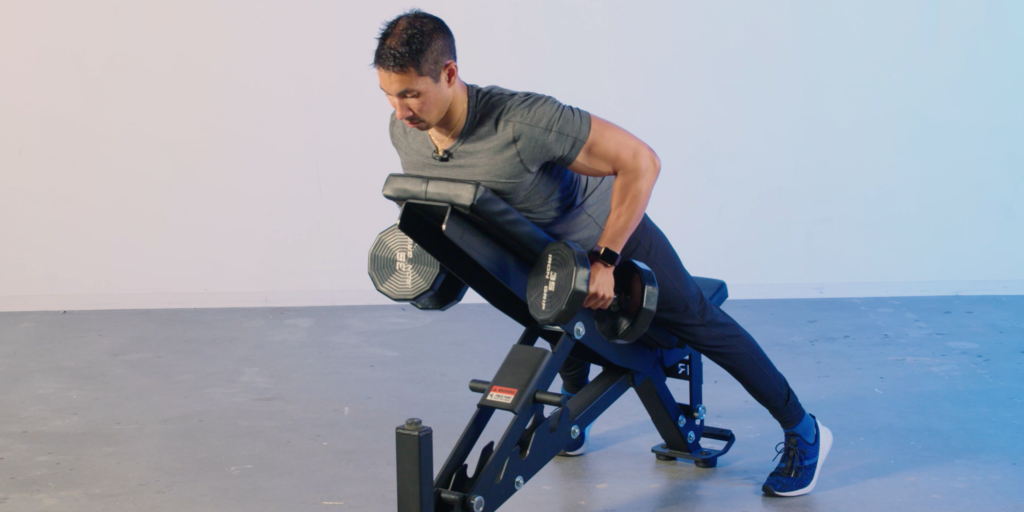
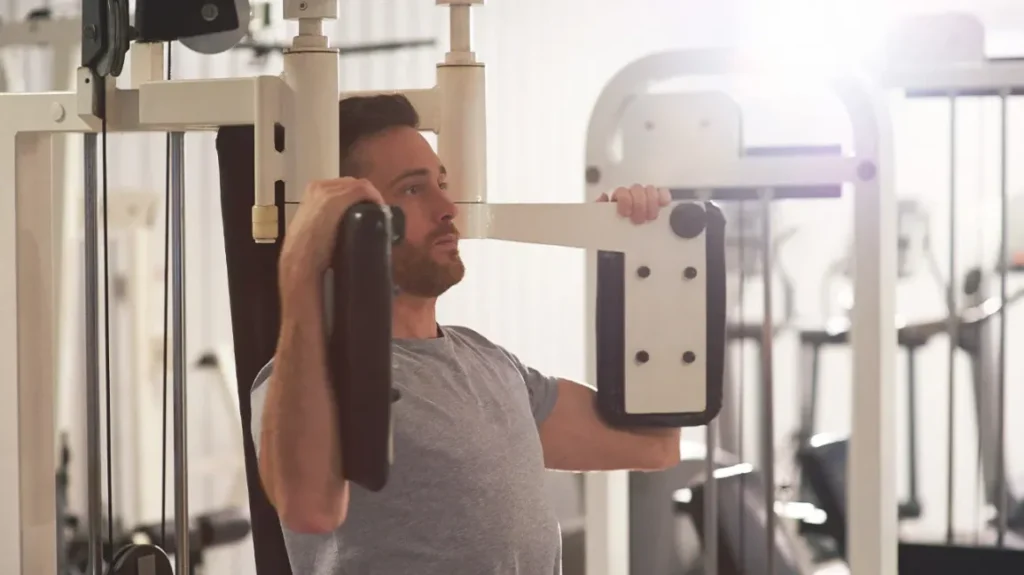
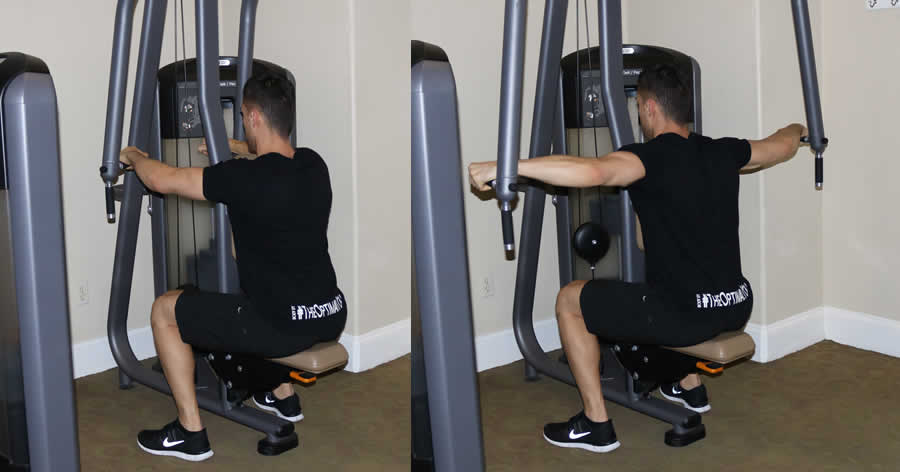
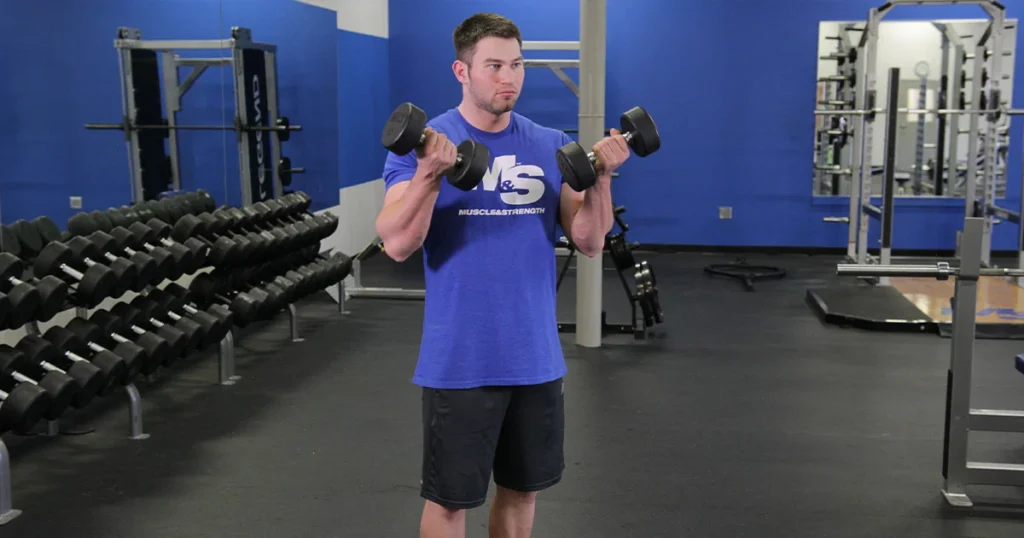
Day 2: Leg Day
- Leg Press – A fundamental movement that requires less time and technical learning compared to free-weight squats.
- Seated Leg Curl – Works the hamstrings while giving the quads a break before the next exercise.
- Leg Extension – The only true isolation exercise for the quadriceps.
- Standing Calf Raise – Helps develop strong calves, with an option to use a Smith machine.
- Hyperextensions – Strengthens the lower back and can be progressed into weighted variations.
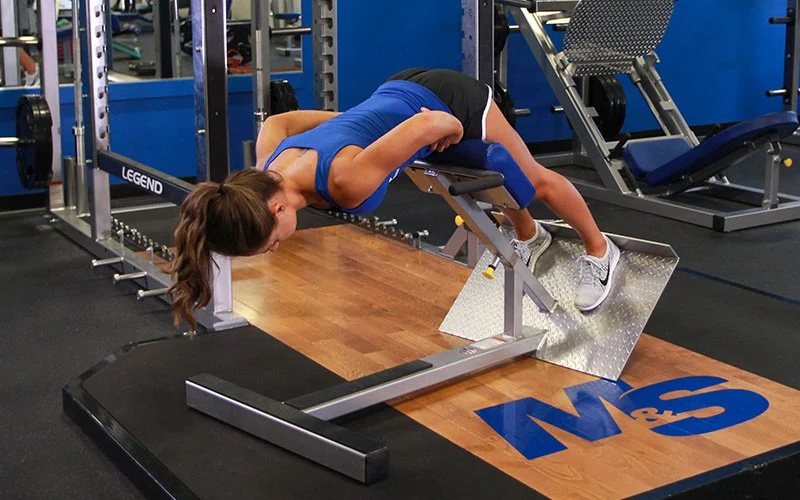
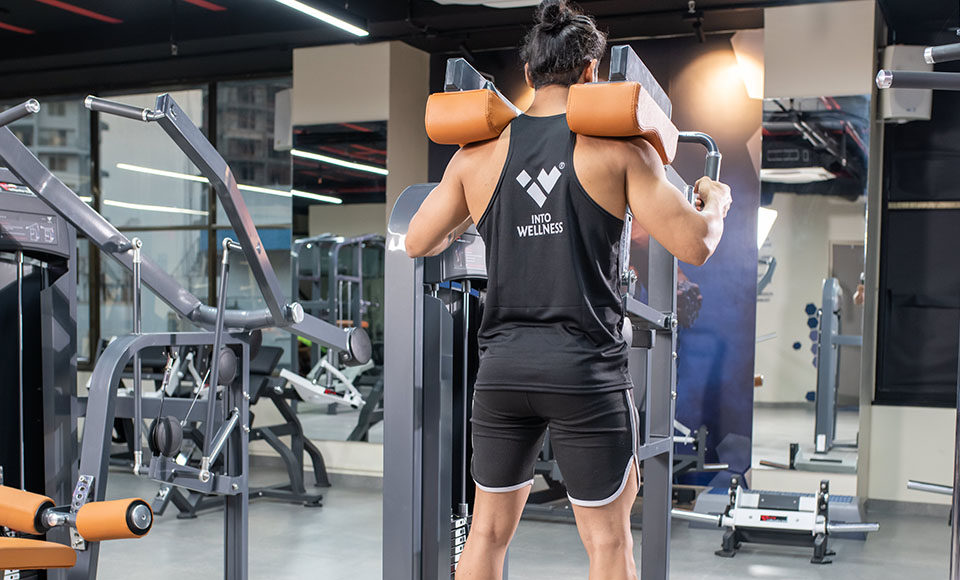
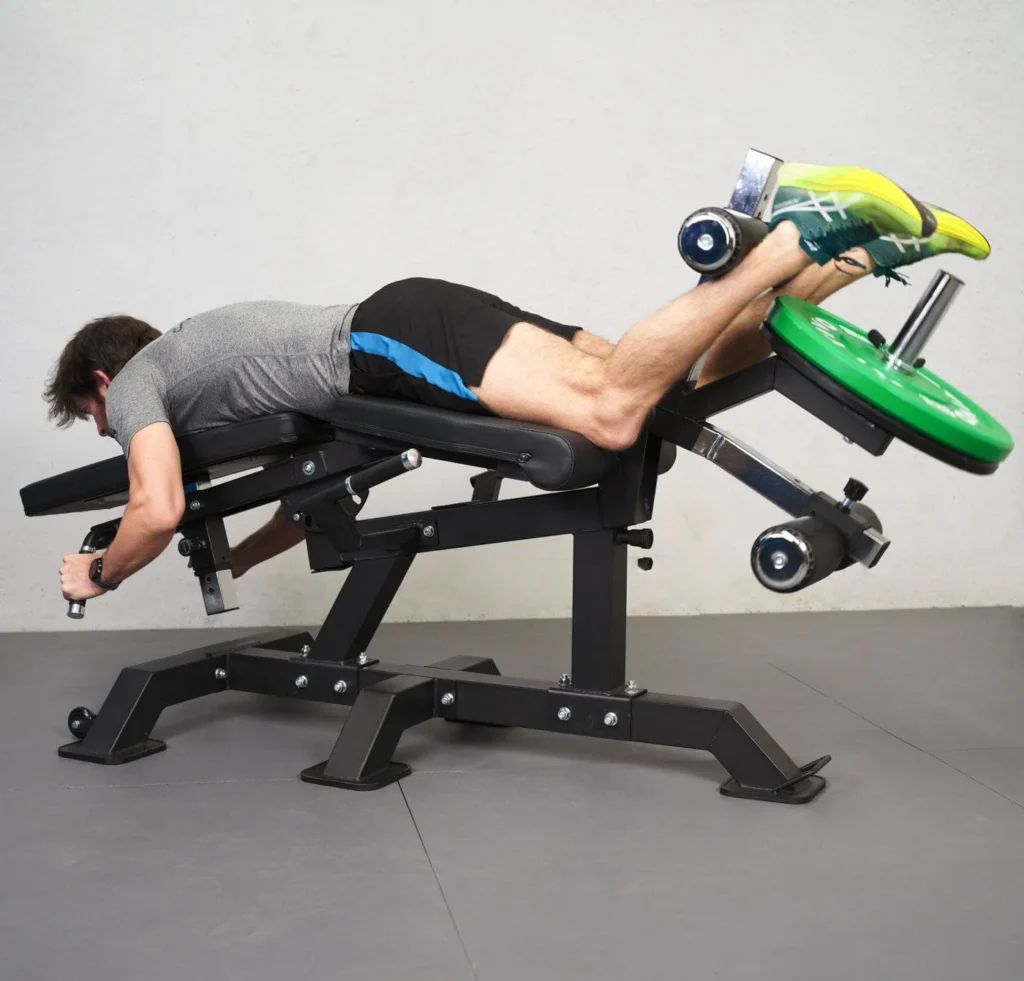
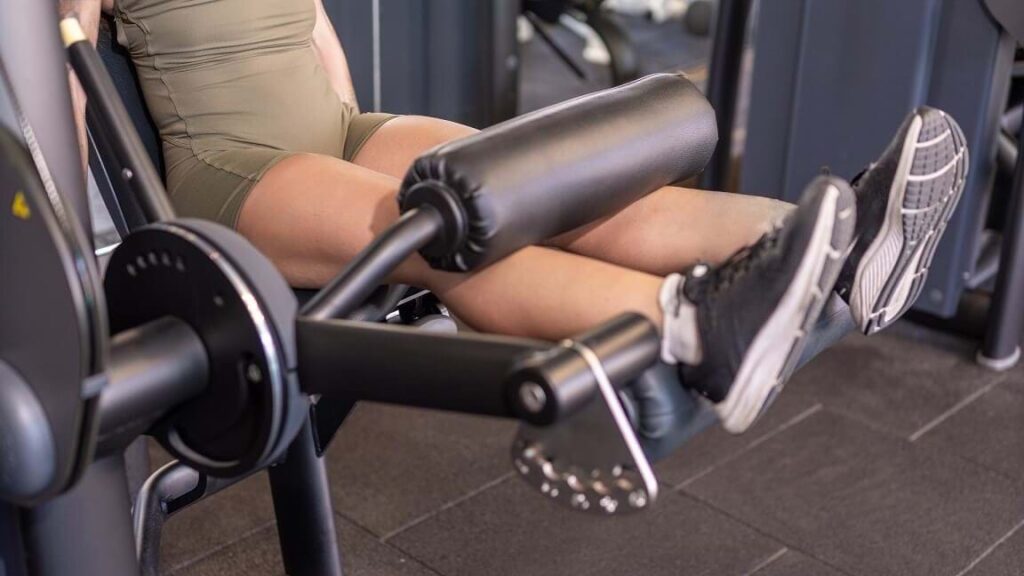
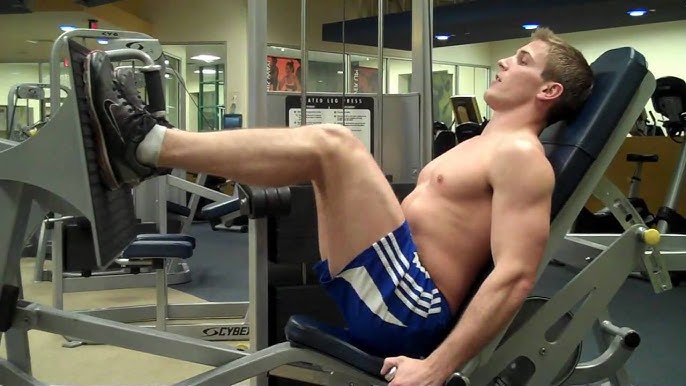
This setup keeps leg day simple yet effective, ensuring each muscle group gets adequate attention without excessive complexity.
Day 3: Vertical Push-Pull
- Pull-Ups (Assisted if Needed) – A foundational back and biceps exercise.
- Seated Smith Machine Shoulder Press – A stable pressing movement that allows for heavier lifting and progression.
- Straight Arm Pulldowns – One of the best lat isolation exercises.
- Lateral Raises (Machine) – A beginner-friendly alternative to dumbbell lateral raises.
- Overhead Rope Extensions – A straightforward triceps isolation movement with an easy setup.

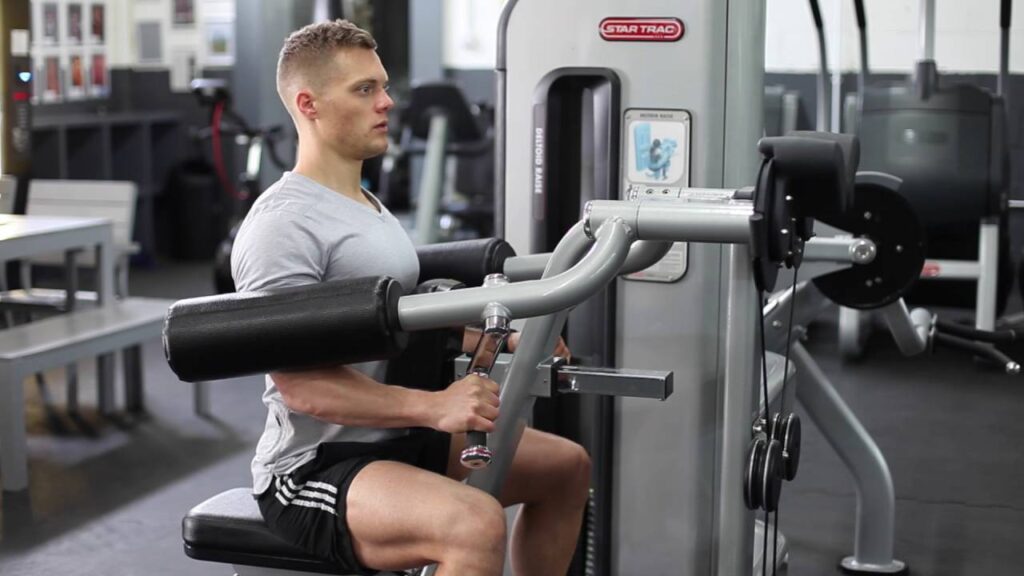



Why This Approach?
This workout plan reduces fatigue and improves exercise performance by alternating muscle groups. It also minimizes soreness, which is crucial for beginners, making it easier to stay consistent. Additionally, frequent muscle engagement leads to faster adaptation and improved long-term results.
While a push-pull-leg split is common, this alternative approach ensures better performance, less soreness, and increased training frequency without overloading any muscle group.
Progression Over Time
To advance, beginners can increase their training volume by adding more sets per exercise. Starting with three sets per movement, they can gradually progress to four or five sets as they become more experienced.
If training frequency increases to four days per week, the workout cycle can continue rolling over into the next week without altering the split. For those training five days a week, an additional upper-body and leg day can be incorporated.
As a beginner gains confidence, certain exercises can be swapped for more complex movements that require greater setup but offer better long-term benefits. Tracking progress is also essential—whenever all sets are completed at a given weight, it should be increased next time to ensure continuous improvement.
By focusing on adherence, effectiveness, and scalability, this beginner workout routine lays the foundation for long-term fitness success.

